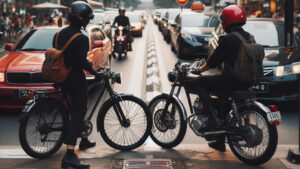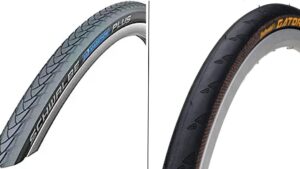Cycling With Your Kids Can Be Fun And Educational
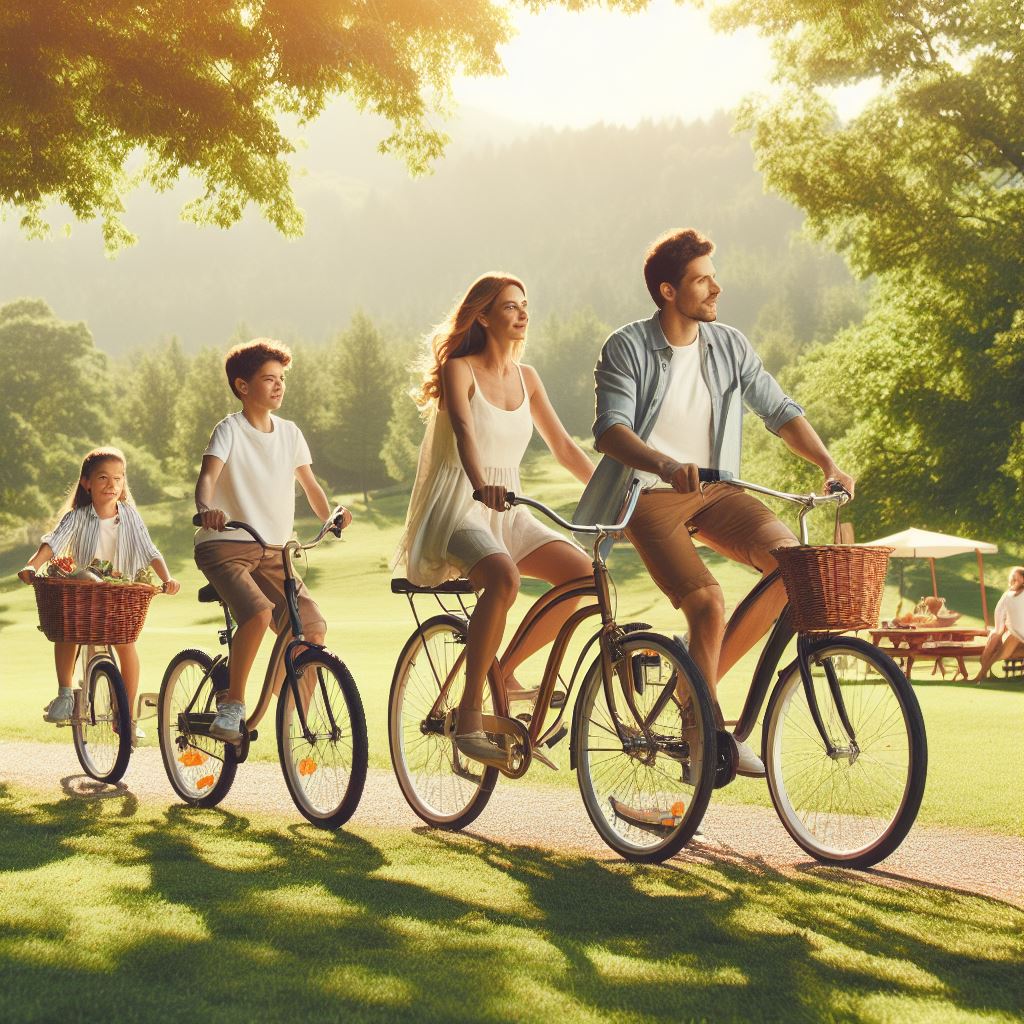
Discover how biking enhances education with hands-on learning. Transform your child's ride into an educational adventure.
*This article may contain affiliate ads that help to support this site*
In the realm of education, one adage reigns supreme: “Experience is the best teacher.” When it comes to children’s learning, there’s no better way to make education engaging and unforgettable than by weaving it seamlessly into the fabric of their everyday adventures. This principle is precisely what we aim to explore in this article.
Imagine your child’s face lighting up with excitement as they embark on a bike ride, with the wind in their hair and the world as their classroom. Biking isn’t just about physical activity; it’s a gateway to experiential learning—an educational journey that blends the thrill of exploration with the joy of discovery. In the following sections, we will unlock the potential of cycling as a tool to make learning dynamic, interactive, and, above all, fun for your child. Let’s turn education into an adventure on two wheels.
We Learn By Doing And Experiencing
Experiential learning is a powerful educational approach that capitalizes on firsthand experiences to facilitate a deeper understanding of concepts. When it comes to children’s learning, blending experiential learning with outdoor activities like biking can be a winning combination. Biking not only promotes physical fitness but also provides a dynamic and engaging platform for active learning.
One of the significant advantages of experiential learning through biking is that it allows children to interact with their surroundings in a way that traditional classroom settings cannot replicate. As they pedal through diverse landscapes, they encounter real-life applications of what they’ve learned in school, which not only enhances retention but also fosters a profound appreciation for the learning process.
Furthermore, the combination of education and outdoor adventure is remarkably effective in making learning enjoyable for children. The excitement and curiosity that accompany outdoor activities like biking stimulate their minds, making them more receptive to new information. The result is that they don’t just learn; they actively engage with and apply their knowledge in meaningful contexts.
Experiential learning on bikes also enhances problem-solving skills. Children face a range of challenges while cycling, from navigating unfamiliar routes to making quick decisions in response to changing conditions. These experiences help them develop critical thinking skills and resilience in the face of challenges.
Math On Two Wheels
Mathematics is often seen as a challenging subject, but it can become much more engaging when integrated with everyday activities like cycling. While on the road, children can naturally apply mathematical concepts, turning a simple bike ride into a fun and educational adventure.
One way to introduce math while biking is through counting exercises. Encourage your child to count the number of pedal strokes, road signs, or even different types of vehicles they encounter during the ride. This not only sharpens their counting skills but also helps them appreciate the math involved in the world around them.
Measurement is another math skill that can be honed on two wheels. You can teach your child about distance and speed by using a bike computer or smartphone app to track how far you’ve ridden and at what speed. This practical experience reinforces concepts of time, distance, and speed that are fundamental in mathematics.
Geometry can be explored while biking too. Point out various shapes, like circles (wheels, traffic signs) or rectangles and octagons (buildings, road signs). Discuss angles when navigating turns and corners. By incorporating geometry into your ride, you can make abstract mathematical ideas tangible.
Games that involve math can also be a hit during bike rides. Consider creating challenges such as estimating the time it will take to reach a destination or solving simple word problems related to your route. These activities turn math into an interactive game, making it an enjoyable part of the journey.
By integrating math into your family bike rides, you not only help your child become more comfortable with numbers but also demonstrate how math is an essential tool for understanding and exploring the world. The next time you’re out cycling, remember that you’re not just on a bike ride; you’re on a mathematical adventure.
Science Adventures On Bicycles
Biking isn’t just a means of transportation; it’s also a doorway to exciting scientific discoveries. When kids hop on their bicycles, they have the opportunity to observe and explore various natural phenomena, making science come alive in a whole new way.
One of the easiest ways to introduce science while cycling is by encouraging kids to observe the world around them. Challenge them to pay attention to the environment, weather changes, and wildlife during your rides. Discuss the science behind these observations, such as how temperature affects the atmosphere or how clouds form and lead to rain.
Physics is another branch of science that can be explored while cycling. Teach your child about concepts like momentum and inertia as they accelerate, decelerate, or make turns. Explain how gears and the principles of leverage work on their bikes. This hands-on experience can make physics more relatable and enjoyable.
If you’re near a body of water, you can delve into the science of hydrodynamics by skipping stones and discussing the physics of water ripples. Additionally, when crossing bridges or encountering different terrains, you can explain geological and environmental science concepts related to landscapes and ecosystems.
Consider bringing simple science tools on your bike rides, such as a magnifying glass for examining plants and insects or a basic thermometer to measure temperature variations. These tools can turn your bike rides into mini science expeditions, sparking your child’s curiosity and desire to learn more about the world around them.
Incorporating science into biking isn’t just about textbooks and theories; it’s about fostering a sense of wonder and curiosity. By connecting scientific concepts to real-life experiences on two wheels, you’ll help your child develop a deeper appreciation for the natural world and the science that explains it.
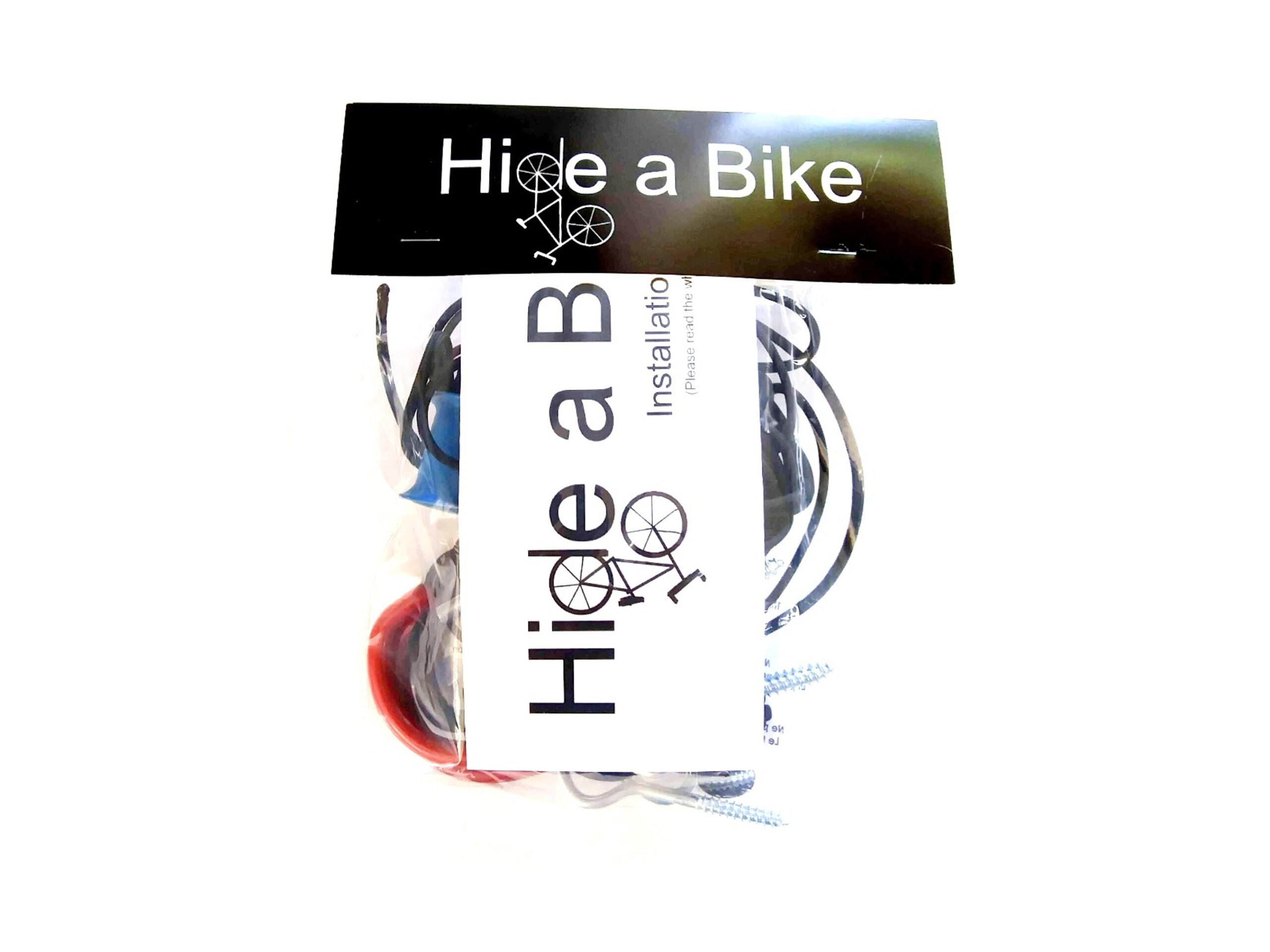
Hide A Bike Kit
Is your garage starting to become a mess? Save space by storing your bikes flat against the ceiling.
Geography And History On The Go
Geography and history can often appear as dry subjects in a classroom, but when explored on a bike, they come alive with vibrant tales of the past and the beauty of diverse landscapes. Biking provides an ideal way to immerse children in the world’s geography and history, turning lessons into captivating journeys.
During family bike rides, you can introduce your child to the concept of maps and map-reading. Show them how to use maps and guide them as they navigate routes. This practical experience helps children gain confidence in understanding and using maps—a valuable life skill.
As you cycle, incorporate stops at historical landmarks or sites of cultural significance. Share stories about these places, making history tangible for your child. Whether it’s a colonial-era building, a local monument, or ancient ruins, these experiences foster an appreciation for the past.
Biking also offers opportunities to explore the geography of your region. Encourage your child to notice the natural features like rivers, mountains, and forests. Discuss how these geographical elements have influenced the history and development of the area. This hands-on connection to geography can make it more relatable and interesting.
Consider theme-based rides where you explore a specific aspect of geography or history. For example, you can embark on a “historic architecture” ride where you visit and learn about different architectural styles in your town. Such themed rides provide a structured yet fun approach to learning.
Through geography and history on the go, your child gains a richer understanding of the world, its cultures, and its past. Cycling becomes a bridge connecting them to the diverse tapestry of humanity and the landscapes that have shaped our history. In this way, biking transforms education into a voyage of discovery, where the journey is as enlightening as the destination.
Language And Creativity On Wheels
While it’s clear that biking can be a tool for teaching subjects like math, science, geography, and history, its potential for enhancing language skills and nurturing creativity should not be overlooked. When children pedal their way through nature or their neighborhood, they can also explore the rich world of language and self-expression.
One of the simplest ways to infuse language learning into your bike rides is by encouraging conversations. Engage your child in discussions about what they observe during the ride. This not only broadens their vocabulary but also improves their communication skills. Use this opportunity to ask open-ended questions, encouraging them to express their thoughts and feelings.
For younger children, storytelling can be a wonderful language activity. While on your bike adventure, take turns creating a collaborative story, with each participant adding a sentence or two at a time. This activity enhances creativity and verbal skills while providing an entertaining way to pass the time during rides.
Incorporate a journaling aspect to your rides, providing your child with a notebook to record their thoughts, observations, or stories they’ve created. Writing about their biking experiences not only boosts their language skills but also becomes a treasured keepsake of their adventures.
Language games can also be introduced during rides. Play games that involve word association, rhyming, or storytelling challenges. These activities make language learning an engaging and interactive part of your cycling adventures.
By weaving language and creativity into biking, you enhance your child’s ability to communicate effectively and stimulate their imagination. Whether they’re narrating their own tales, discussing their surroundings, or engaging in wordplay games, every pedal becomes a sentence, and every ride a story waiting to be told. In this way, biking nurtures the art of self-expression and language, making education a voyage of words and imagination.

Hide-A-Bike Installation Guide
If you want to put together a Hide-A-Bike kit for yourself, just download these easy to follow, step-by-step directions, complete with a full hardware and parts list.
Conclusion
Biking with your child isn’t merely about physical exercise or leisure; it’s a gateway to a world of experiential learning that transcends traditional education. By integrating biking with subjects such as math, science, geography, history, language, and creativity, you can transform educational concepts into interactive, unforgettable experiences.
As your child pedals through diverse landscapes, they’re not just riding; they’re engaging with the world, observing its beauty, history, and science. They’re applying mathematical and language skills, telling stories, and connecting with the environment in a profound way.
The journey of education on two wheels offers your child the joy of discovery and the thrill of exploration. It instills a lifelong love of learning and ensures that the classroom extends far beyond its walls. So, the next time you embark on a family bike ride, remember that you’re not just cycling; you’re on an educational adventure where the world becomes your classroom, and learning is as boundless as the horizon.
Share This Article With A Friend
Did You Read This Whole Article?
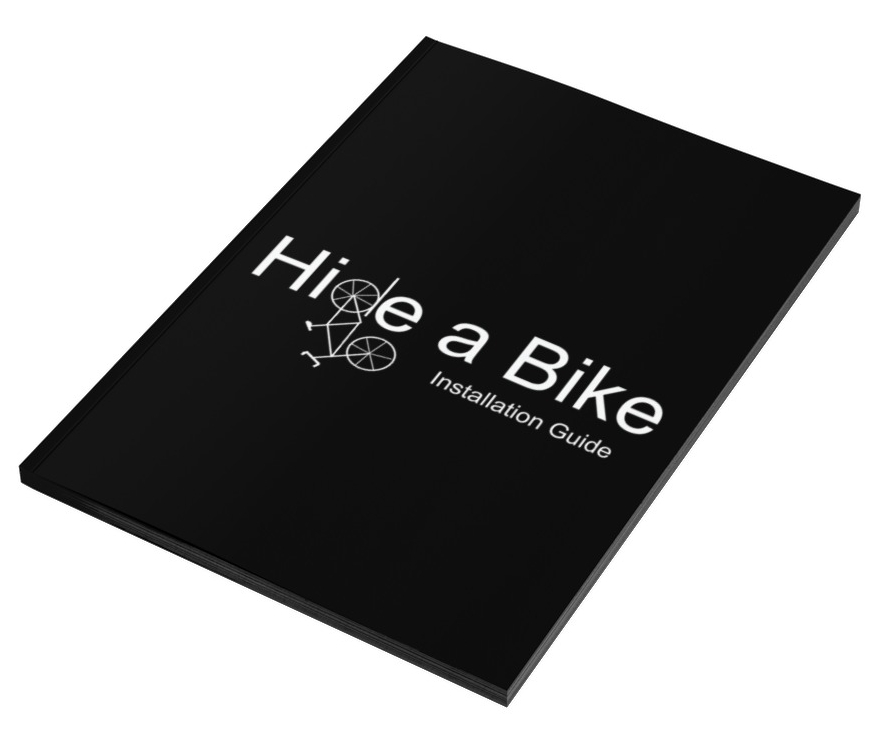
You deserve a gift! Enter your email to receive a FREE copy of the Hide-A-Bike Installation Guide! And once a month we will send you a newsletter with the best deals on the internet for bicycle gear and accessories.
About Hide A Bike

Save space by keeping your bike flat against the ceiling with the original easy and convenient bicycle storage solution.
Thank You For Visiting!

You deserve a gift! Enter your email to receive a FREE copy of the Hide-A-Bike Installation guide. And once a month we will send you a newsletter with links to our best finds on bicycle gear and accessories.
Share This Article:
Most Popular Articles:
Article Categories:
Related Articles:

Wheels Of Change: The Role Of Bicycles For Social Justice

Explore The Unique Bond Of Biking With Your Dog


